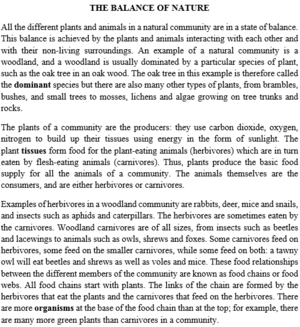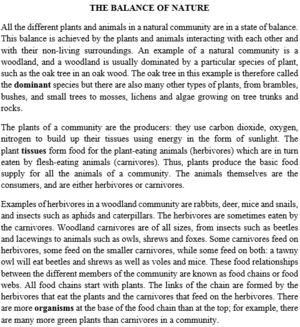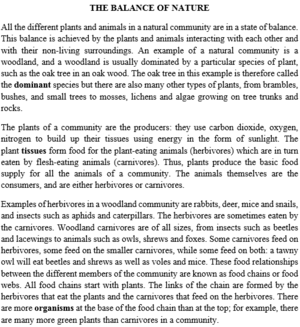Read the following passage and mark the letter A, B, C, or D to indicate the correct answer to each of the question.
The day after Thanksgiving is the start of the holiday shopping season. Thanksgiving is always on a Thursday, so the day after is a Friday. This day has come to be known as Black Friday. It has been the busiest shopping day of the year since 2005.
Most stores offer great deals on Black Friday. They open their doors in the wee hours of the
morning. They try to attract shoppers with big discounts. Some items like TVs are much cheaper than usual. Stores may even lose money on these items. They hope that shoppers will buy gifts for other people while they are in the store.
Black Friday is a great time to get good deals. The problem is that there are not enough low-priced items to go around. Each store may only have a few. These items are in high demand. People stand in long lines to get such great deals. They may line up hours before a store opens. They may be hoping to get a low price on a TV or laptop, but not everyone who wants one will get one. Some people leave disappointed. The situation can be tense. Some Black Friday events have been Violent. Large, eager crowds have trampled workers. Fights have broken out or people have been cutting in line. People have shot one another over parking spots. But most Black Friday events are safe and fun. Still, if you plan on going, expect large crowds and a bit of shoving.
Which best explains the main idea of the third paragraph?
A. People stand in long lines on Black Friday.
B. Black Friday is the best time of the year to get good deals.
C. Black Friday is a really disappointing time of the year.
D. Black Friday deals are limited and not everyone will get one.







Đáp án D
Điều nào giải thích tốt nhất ý chính của đoạn thứ ba?
A. Mọi người đứng thành hàng dài vào Black Friday.
B. Black Friday là thời điểm tốt nhất trong năm để có được giao dịch tốt.
C. Black Friday là một thời gian thực sự đáng thất vọng trong năm.
D. Giao dịch Thứ Sáu Đen có hạn chế và không phải ai cũng sẽ mua được hàng.